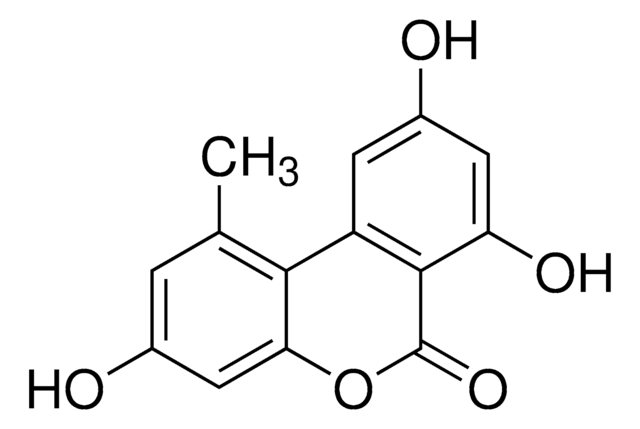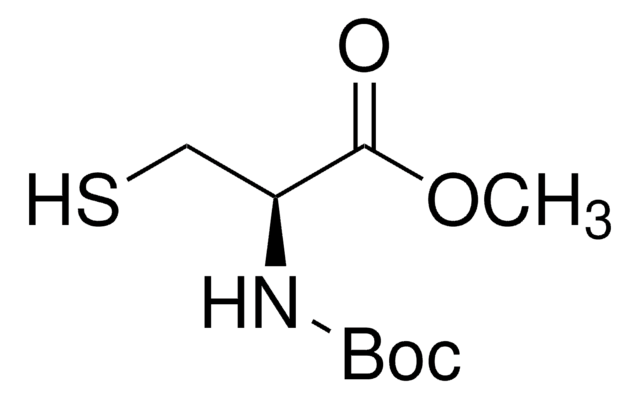A0737
N-acetylcysteine amide
≥98% (HPLC), lyophilized powder, antioxidant
Synonym(s):
(R)- 2-(Acetylamino)-3-mercapto-Propanamide, AD4, N-Acetyl-L-cysteinamide, NACA, acetylcysteinamide
About This Item
Recommended Products
Product Name
N-acetylcysteine amide, ≥98% (HPLC)
Quality Level
Assay
≥98% (HPLC)
form
lyophilized powder
storage condition
desiccated
color
white to off-white
solubility
H2O: ≥20 mg/mL
DMSO: >40 mg/mL
storage temp.
2-8°C
SMILES string
CC(=O)N[C@@H](CS)C(N)=O
InChI
1S/C5H10N2O2S/c1-3(8)7-4(2-10)5(6)9/h4,10H,2H2,1H3,(H2,6,9)(H,7,8)/t4-/m0/s1
InChI key
UJCHIZDEQZMODR-BYPYZUCNSA-N
Application
- to protect retinal pigment epithelium (RPE) from oxidative stress
- to show that increased expression of cell adhesion molecule 4 (CADM4) in oligodendrocytes inhibits myelination
- to protect cells from apoptosis induced by shikonin plus erlotinib/gefitinib
- as a component in various culture media
Biochem/physiol Actions
Other Notes
Signal Word
Warning
Hazard Statements
Precautionary Statements
Hazard Classifications
Acute Tox. 4 Oral
Storage Class Code
11 - Combustible Solids
WGK
WGK 3
Flash Point(F)
Not applicable
Flash Point(C)
Not applicable
Choose from one of the most recent versions:
Already Own This Product?
Find documentation for the products that you have recently purchased in the Document Library.
Customers Also Viewed
Related Content
DISCOVER Bioactive Small Molecules for Nitric Oxide & Cell Stress Research
Our team of scientists has experience in all areas of research including Life Science, Material Science, Chemical Synthesis, Chromatography, Analytical and many others.
Contact Technical Service








